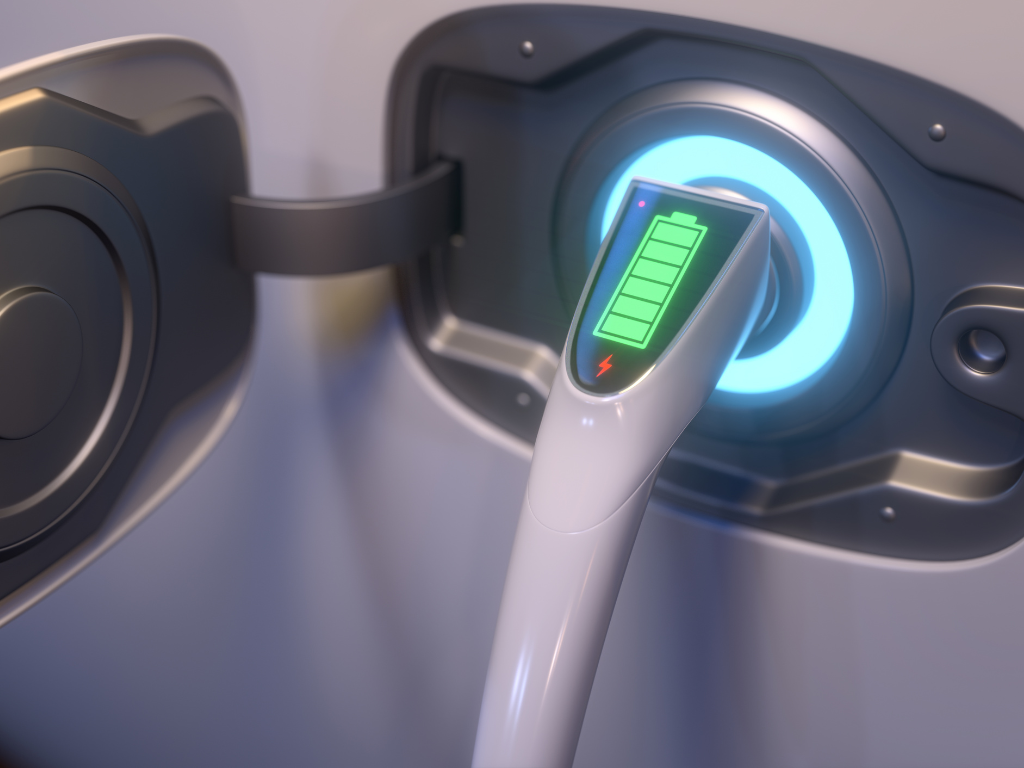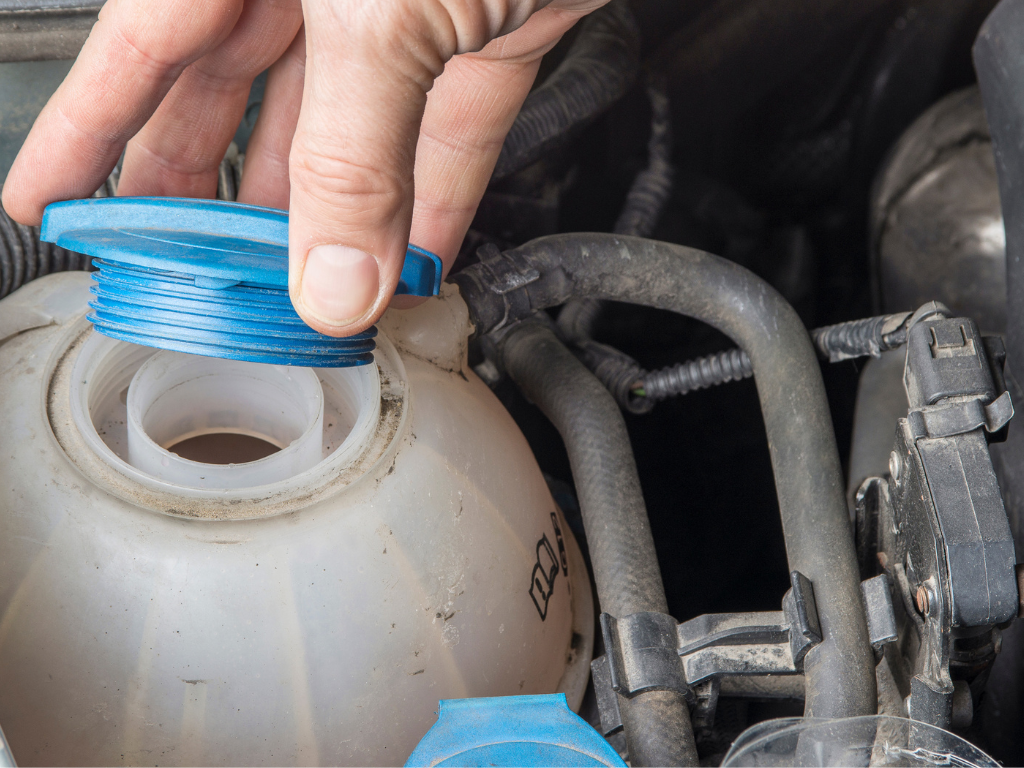Risk management is key to getting the most out of your fleet. Let’s explore three risks that affect the performance of your fleet.
- Theft.
It’s quite possible to put significant time and money into protecting your cargo and overlooking the potential greatest loss to your business…the vehicle itself! Auto theft remains a tremendous problem in the United States. An analysis of data from the National Crime Information Center (NCIC) by the National Insurance Crime Bureau (NICB) shows almost two vehicles being stolen every minute in 2022.It’s critical to ensure that vital auto parts are protected as well. From 2019 to 2021 catalytic converter theft jumped over 1,200 percent!Research and invest in the best safeguards to protect your fleet. - Distracted driving.
Distracted driving accounts for over 3,000 deaths on the road each year! Driving can be impaired by alcohol, drugs, sleep aids, lack of sleep, texting, or anything else that diverts the driver’s attention from the road.Do you see signs of aggression when any of your drivers are behind the wheel? Be careful to vet your drivers thoroughly and implement an ongoing training program. Addressing these issues through appropriate monitoring and training will save not only your property, but the lives of those entrusted with it.
- Improper vehicle maintenance.
The safety of your drivers is largely dependent on the safety of your fleet vehicles. Every breakdown affects the bottom line. Improper vehicle maintenance can result in accidents and may result in fines and lawsuits. Invest in fleet management programs to keep track of maintenance needs and reporting requirements.
Technology is one of the best tools available to mitigate risks to your fleet. Technology has transformed fleet management. Strengthen your overall business operations with fleet management programs and services designed to keep your fleet compliant and on the road.










